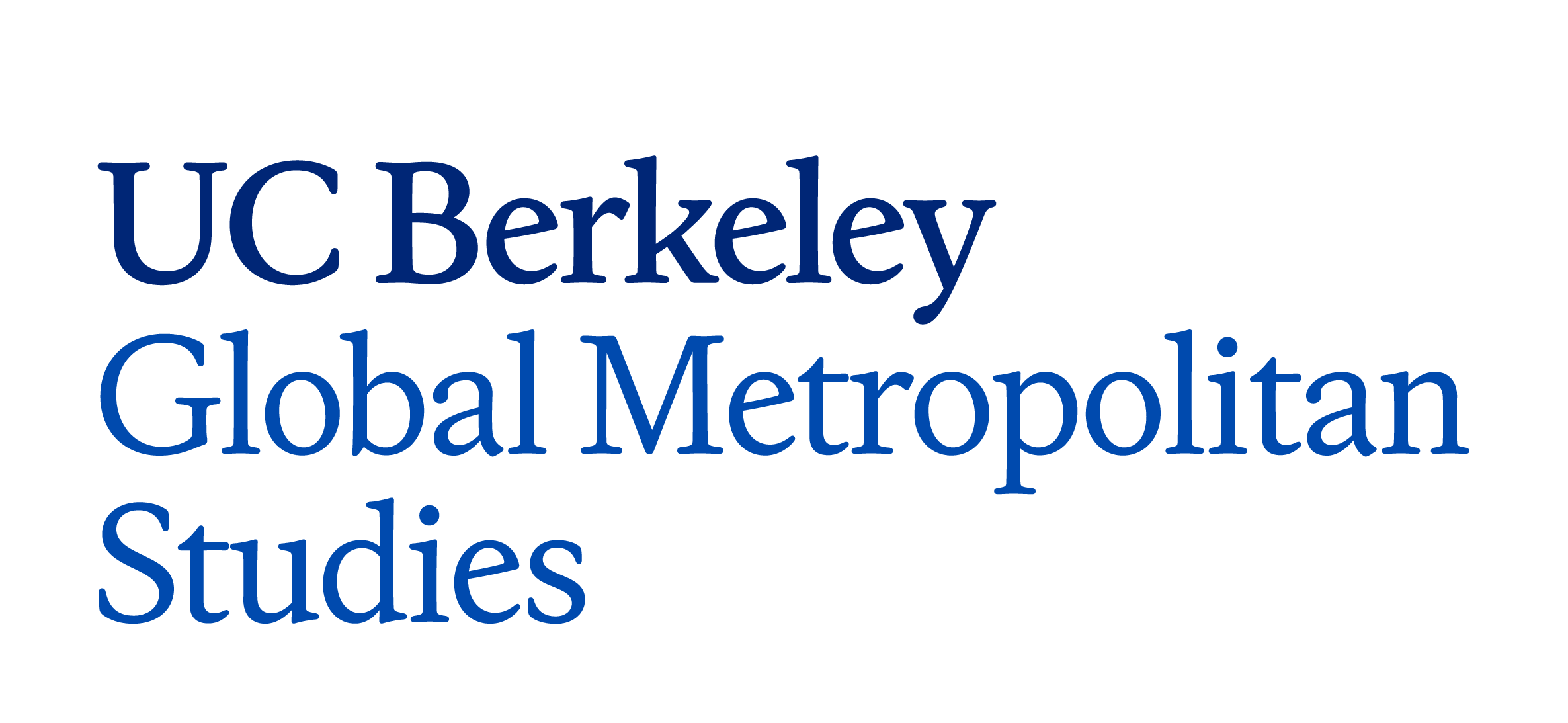California’s Central Valley holds a unique space in the larger state’s history, particularly in its relationship to race, space, and policing. With Highways 99 and 41 acting as fault lines, police continue to maintain urban apartheid in the Valley as fully naturalized parts of the sociospatial landscape. Particularly in Fresno, the Central Valley’s largest city, Anglo landowners and the Southern Pacific Railroad in the 1870s used local police as a tool in a project to maintain a strict color line between East and West Fresno–a project that has continued in the present day (Vandor 1919, Chácon 1988, Thebault 2018). While the proliferation of jails and prisons in the Central Valley during the late-twentieth century has rightfully earned attention from scholars and activists alike, the development of policing in cities like Fresno, Merced, and Modesto has been left largely unexamined (Davis 2003, Gilmore 2007). Furthermore, the connection between professionalizing police departments in Central California and the early twentieth-century project of professionalizing urban police nationally has been lost in both American police history. Though relatively close to UC Berkeley, where the first collegiate police school was started by August Vollmer, Berkeley’s Chief of Police, in 1916, no historians of policing have explored the school’s impact on departments in the Central Valley. My research explores how these Central Valley cities invested in and sustained their relationship to policing and racial segregation, from their founding as Southern Pacific Railroad hubs through their urbanization in the mid-twentieth century. I also intend to ask in my dissertation what role Fresno, as the regional capital of the San Joaquin Valley, played in the development of policing throughout the United States.
In the summer of 2022, with the help of the GMS Summer Funding Grant, I was able to visit archives in Fresno, Modesto, Turlock, and Ceres to better understand the connected relationship between law enforcement training throughout the Central Valley and August Vollmer, former Berkeley Chief of Police and the father of modern American policing. In the Special Collections Research Center at CSU Fresno, I learned that the founder of Fresno State’s Criminology Department, William Dienstein, was not only a former student of Vollmer at UC Berkeley, but secured his job in Fresno because of Vollmer. Both began their policing careers while US Marines in Manila, Philippines–Vollmer during the Spanish-American War and Dientein in the Korean War. Together, they envisioned Fresno as the center of police training in the Valley and Dienstein regularly sent out former students to train law enforcement in more rural counties. In addition, Dienstein corresponded with a vast network of international police chiefs looking for his advice on how to best train officers in police organization, administration, and interrogation. These included police chiefs in Scotland, Canada, the Philippines, and Turkey. My preliminary research points to Fresno, and the Central Valley more broadly, as participants in circuits of national and imperial police development.

